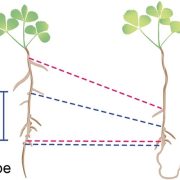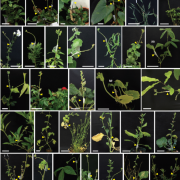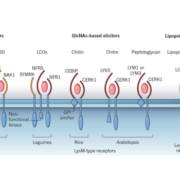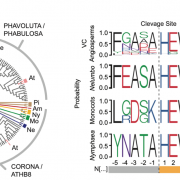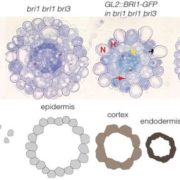Arabidopsis Leaf Shape Regulation
Leaf morphology, both between species and within the same organism, is diverse: leaves can be simple or compound; they can have margins that are smooth or serrated, and they can be flat or have various curvatures. In Arabidopsis, leaf development starts with extensive cell proliferation throughout the leaf primordium. After a few days, cells at the tip of the leaf exit the mitotic cycle and a primary cell cycle arrest front moves in a tip-to-base direction, after which cells start to differentiate and expand. In Arabidopsis, the reduced expression of PEAPOD2 (PPD2), a gene that encodes a specific transcriptional regulator, results in propeller-like rosette forms with narrow but enlarged dome-shaped leaves. This phenotype is reminiscent of the loss-of-function mutants of NOVEL INTERACTOR OF JAZ (NINJA) that produce rosettes with dome-shaped leaves similar to those of ppd mutants, but without the increase in size. The similarities between these two mutant phenotypes prompted Baekelandt et al. (10.1104/pp.18.00327) to study the possible interaction between PPD2 and NINJA. They show that ninja mutants have a convex-shaped primary cell cycle arrest front, that they propose leads to excessive cell division in the central leaf blade region. Furthermore, ppd and ninja mutants have a similar increase in expression of CYCLIN D3;2 (CYCD3;2). Previous studies have revealed that PPD2 binds to the promoters of two of the three D3- type cyclin genes, namely CYCD3;2 and CYCD3;3, and represses their transcription. The ectopic overexpression of CYCD3;2 produces a similar rosette and leaf shape phenotype as shown by the ppd and ninja mutants, without affecting the size. These results reveal that NINJA, in addition to its well-studied function in jasmonate signaling, also plays a role in leaf development. The results also suggest a new function for D3-type cyclins in, at the very least, uncoupling the size and shape phenotypes of ppd leaves.



